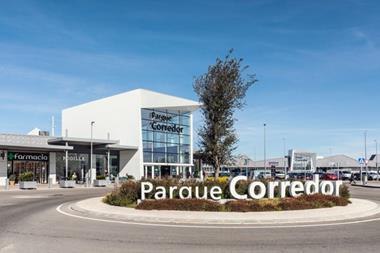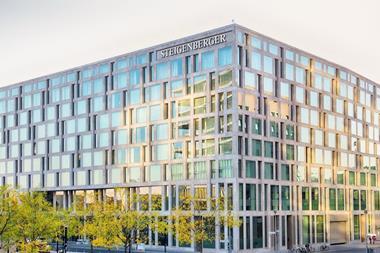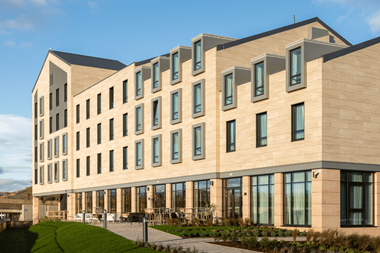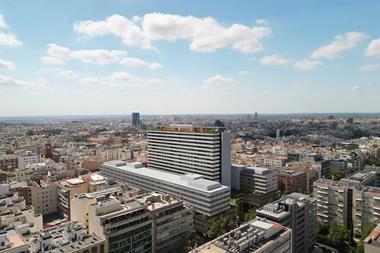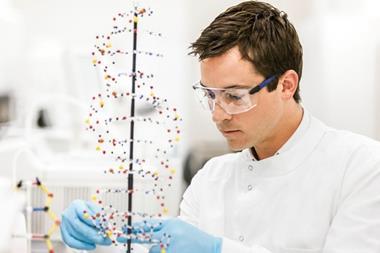International investors and corporates have discovered Italy’s second city in a big way, fuelling demand for modern infrastructure and real estate of all types – notably in the residential sector.
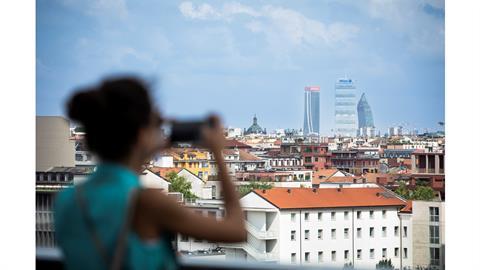
Milan’s modern, glassy skyline and bustling 15-minute neighbourhoods have made Italy’s second city the country’s most-hyped destination for young workers today. It’s a cool city, where fashion and finance firms co-exist in its downtown districts, flanked by the latest restaurants, shops and bars. International real estate investors feel ‘comfortable’ with the transparency of the city’s capital markets, while a growing range of blue-chip firms have gelled with its business-like approach, establishing headquarters here in significant numbers.
In fact, it would be easy to overlook that just a decade ago, Milan neither felt not looked like much of an international metropolis. It sat in Rome and Florence’s shadow: uglier, seedier, a regional business capital and little more. The turning point came with the investment made for Expo 2015, transforming the city into the investment mecca it has become today, perhaps surprising local citizens first and foremost with its new-found fame.
Expo success
Expo 2015 marked only the second time that Milan was selected to host the World Expo, the first being back in 1906; this time the selected theme was “Feeding the Planet, Energy for Life”. In the 18 months preceding the event, everything that could go wrong, went wrong. Hastily thrown up buildings, fudged and ‘irresponsible’ design choices (as the media dubbed them at the time) and scandals around poorly paid labour dogged the construction phase. Newspapers were sure that nothing would be ready in time: it nearly wasn’t. But somehow, Milan produced a minor miracle.
Positive infrastructure decisions, judicious neighbourhood regeneration schemes and some genuinely interesting architecture left the city much richer than before. It also left space for Milan to keep reinventing itself as a city of events: today it routinely offers ‘weeks’ built around design, furniture, fashion, wine and jewellery which maintain its reputation as a city of discovery. Year-round tourism flows have doubled according to Mayor Giuseppe Sala (see below). Dario Leone, head of hospitality and leisure at Savills Italy, calls Expo 2015 an ‘exceptional’ case study. ‘Events don’t always create a notable boost, to a city, never mind a country,’ he says. ‘Expo 2015 transformed Milan, and therefore transformed Italy.’
Research and science
Almost 10 years on, the city is close to being a victim of its own success, with housing shortages placing upward pressure on rents and leaving its young professionals struggling to make ends meet. But the dynamic authorities of the wider region, prioritising housing as part of a slate of other infrastructure and real estate schemes, are ready to take on that challenge.
Lombardy Region councillor, Guido Guidesi, says that Lombardy has become one of Europe’s most attractive destinations, thanks to an ‘ecosystem ranging from education to research, through supplies, services, and production; this is the added value that Lombardy offers to those who want to invest’. He also notes that many of the most exciting projects across the region are connected to its vibrant past, namely ‘ideas linked to the industrial and productive history of Lombardy’s various boroughs’. At this year’s Mipim, Lombardy had 23 projects on show, ranging from hospitality/tourism to education/training, from student to senior housing, from residential to services, all seeking to woo international capital in the real estate space.
International investors have already ‘discovered’ Milan in their droves, and many are now firmly established in the city with local offices. While Hines was one of the most significant first movers, it was quickly flanked by the likes of M&G, Patrizia, Colliers Global Investors and more. ‘Milan has often been the destination of choice for newcomers to the Italian market,’ explains Marco Montosi of Savills. ‘That is why it is Italy’s most liquid market and is experiencing incredible levels of demand at the moment. The residential market is important with build-to-rent growing as a relatively “new” asset class, although the business case still slightly favours build-to-sell in the city.’ Logistics is another lively market, thanks to the northern logistics corridor, demographics and wealth of Italy’s northern cities and towns.
Compared with other European hotspots for real estate, Milan still lags a little in overall transparency and track record, but Montosi believes that is changing. ‘Inward capital flows are around 50-50 domestic and international. Milan is a consolidated investment hub for Middle Eastern, Asian, US and European money, with Germany one of its biggest fans.’
Despite the work done around the time of Expo 2015, Milan is still very much a city under construction. ‘In the southern quadrant of the city there is visibly a lot of work going on which will affect the whole municipality,’ Montosi adds. This includes Porta Romana, home to the virtually complete Olympic Village developed by Coima for the Winter Olympics in 2026, which will be jointly hosted by Milan and the alpine town of Cortina.
See also: Porta Romana: from railway yard to Olympic Village
Mayor of Milan hails city’s global status
The city of Milan will see more than €10 bn of funds invested in major urban developments in the next few years, according to mayor Giuseppe Sala. Speaking at the 2024 ULI European Conference, held in Milan, Sala told the audience of real estate leaders that while 10% of this money would be EU funds, ‘90% will be coming from you’.
Looking ahead to the Milano Cortina 2026 Olympics, due to start on 6 February 2026, Sala added: ‘We see the Olympic Games as a catalyst. We are organising this without spending any public money – the total building cost of the arenas and accommodation is all being covered by the private sector.’ He said: ‘We will show the world that we are now the real international city of Italy. Some places see immigration as an enemy – we don’t. The Italian average for immigration is 9% – Milan has 21% and it’s working. They [the immigrants, ed.] are bringing ideas and creativity.’
Sala acknowledged that housing shortages, pushing up rents, have created a critical situation in the city. But he said that ‘housing is a fundamental tenet of everyone’s life, for a good standard of living for both the individual and their family. I am trying to ensure an equitable housing market.
‘In Italy, actual land use decisions are primarily made at a local level by municipalities. We have a strong collaboration with the real estate industry, and I see this as the best way of making the housing market work.’
Sala added: ‘Milan has become a global city. We have eight universities, with 220,000 students, out of 1.14 million residents, which is similar to Boston and Paris. Some 10% of those students come from abroad, helping our reputation grow. In design, bioscience and pharmaceuticals, Milan is at the centre of the Italian economy.’
Around 50% of Italy’s real estate deals happen in Milan, he noted, explaining that the spotlight that turned on Milan during and after Expo 2015 was still intensifying. ‘Tourism numbers have doubled – there’s no real low season anymore,’ he added, describing the city as the ‘backbone of the national economy’.



